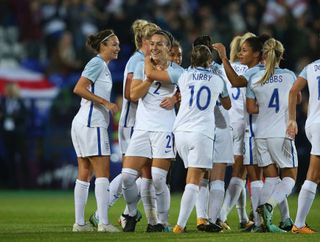
Fred Oliver is a well-known American soccer player if you have been following the evolution of the sport for any time. This Pawtucket Free Wanderers defender, forward and centerback was a Pawtucket native. It is rare that African Americans participated in an American senior league in the early days of American soccer. His career began at a bolt factory. But he was a star for team's names, earning him a spot on the first edition World Cup.
African Americans played in senior leagues.
Although the United States has a long history of soccer, very little information is available. This history is not documented by the leagues. To uncover these stories, sports historical societies were created. The Society for American Soccer History recently published the report about the first African American player in soccer. The report is titled Fred Watson/Oliver Watson. It details the first soccer players of African origin in the United States.

Although the game is becoming more diverse, the lack of representation in its executive positions remains a major problem. Only 1.6% are black soccer executives. Burton Albion, Salford City and Salford City are the only Black owners of professional soccer teams. These clubs are low-profile English third tier and fourth tier clubs. Black ownership is partially responsible for the shortage of Black managers or coaches. However, the Society is trying to change that by providing a platform and support for African American players.
The NASL dropped in the 1980s
As the early 1980s approached, the NASL struggled to remain competitive. The league's decline was due to overexpansion and disputes with its players' union. At the time, unemployment was at 10.8%. It was the highest level recorded since World War II. The owners tried to cut costs and it was obvious that the league had been losing money. In 1982, the league was on the brink of collapse.
The league's financial problems started to have an impact on the clubs. In 1977, the league had only 18 teams, and the majority of owners were spending over 70% of their budgets on player salaries. The NASL's lack of financial resources led many owners to drop weaker teams and continue with six teams. By 1978, the league had 24 teams, but that was not enough to keep up with the growth of the league.
The 1986 World Cup was a success for the U.S.
Although the U.S. didn't win, it was a clear sign of its success from the beginning. The number of people who attended the World Cup was greater than ever before in American soccer history. In the Rose Bowl's first round, the U.S. defeated Yugoslavia 4-0. The semifinals were won by Brazil 2-1 against Italy in front of 83 642 Stanford crowd.

The United States qualified for the World Cup based on its performance in the qualifying stage. After a slow qualifying period, Jurgen Klonsmann was fired. Bruce Arena, who won three games out of eight, was rehired by the Americans. Sunil Gulati, president of U.S. soccer, stated that the U.S. had set a goal for the qualification campaign.